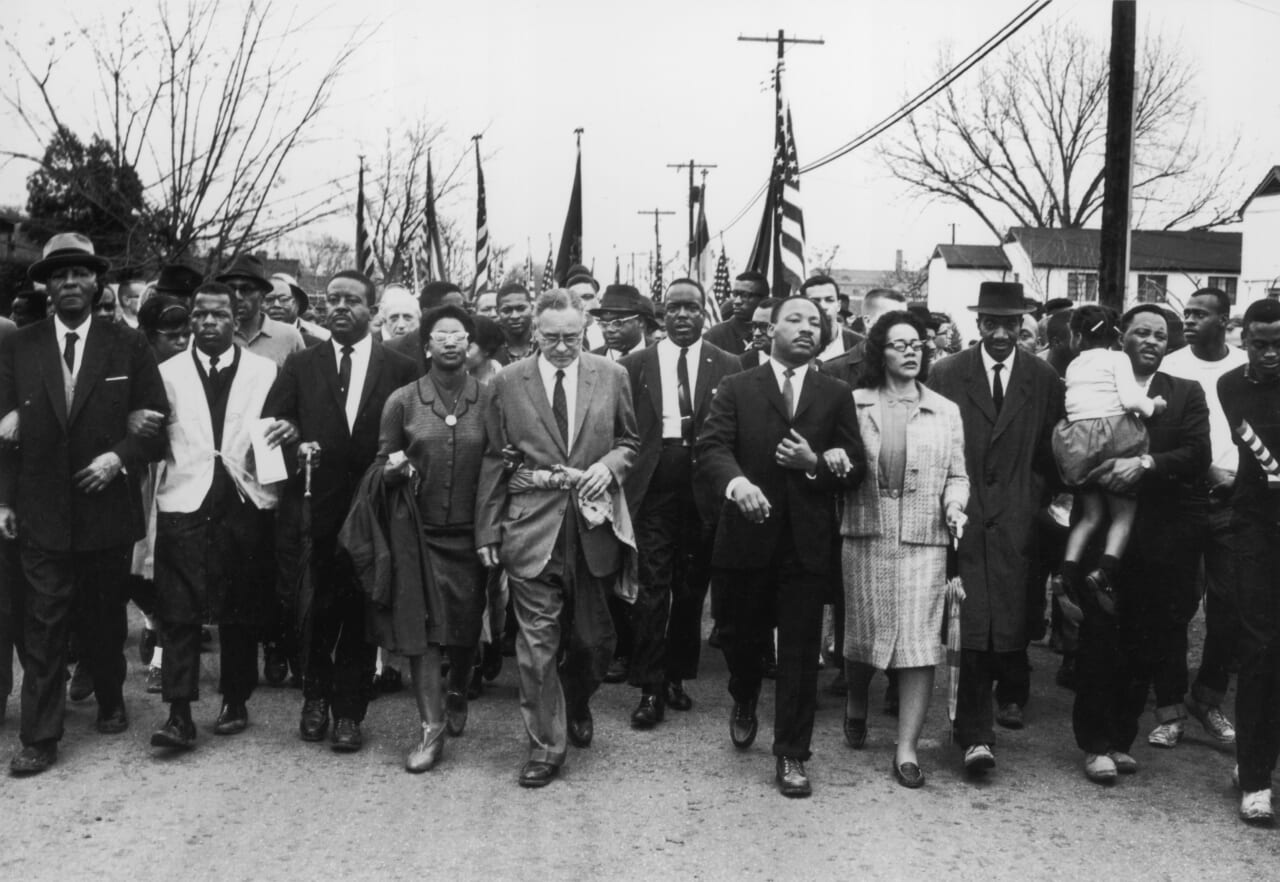OPINION: Part two of theGrio’s Black History Month series explores the myths, misunderstandings and mischaracterizations of the struggle for civil rights.
Editor’s note: The following article is an op-ed, and the views expressed are the author’s own. Read more opinions on theGrio.
Because theGrio celebrates the legacy and the past of African America 364 days a year (to appease Ron DeSantis, we take a day off to celebrate white history), it’s always a difficult proposition to find new ways to celebrate Black History Month.
This year, instead of presenting interesting but meaningless nuggets of trivia like the first Black person to put hot sauce on chicken (Jerome Johnson in 1702), we decided to explore some of the misconceptions, myths and misunderstandings that created some of the popular, almost true narratives that many people believe.
Here are the 10 biggest myths about the Civil Rights Movement.
10. When the Civil Rights Movement began.
Depending on which whitewashed version of history you learned, the modern Civil Rights Movement either began in the late 1940s or the 1950s, when Black people all across the country suddenly realized that America was kinda racist and decided to do something about it.
In reality, the movement for equal rights under the law began much earlier.
Black abolitionists didn’t just criticize American-style slavery, they fought for equal protection under the law. As David Walker wrote in his revolutionary “Appeal to the Colored Citizens of the World”: “Why, I thought the Americans proclaimed to the world that they are a happy, enlightened, humane and Christian people, all the inhabitants of the country enjoy equal Rights!” After emancipation, Frederick Douglass’ “Composite Nation” demanded: “A Government founded upon justice, and recognizing the equal rights of all men.”
The post-Emancipation law that protected Black Americans was literally called the “Civil…
Read the full article here



